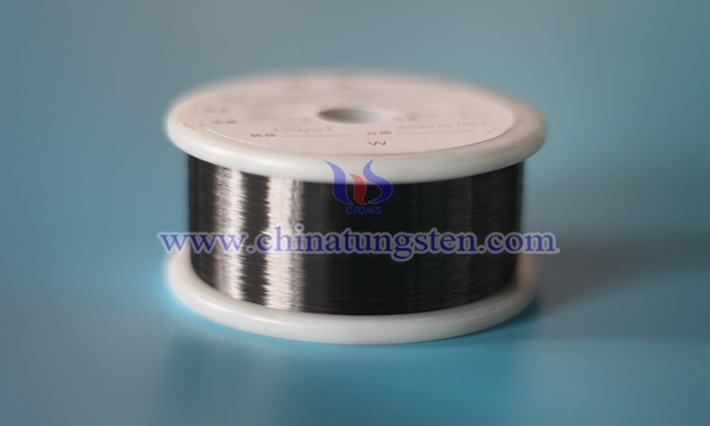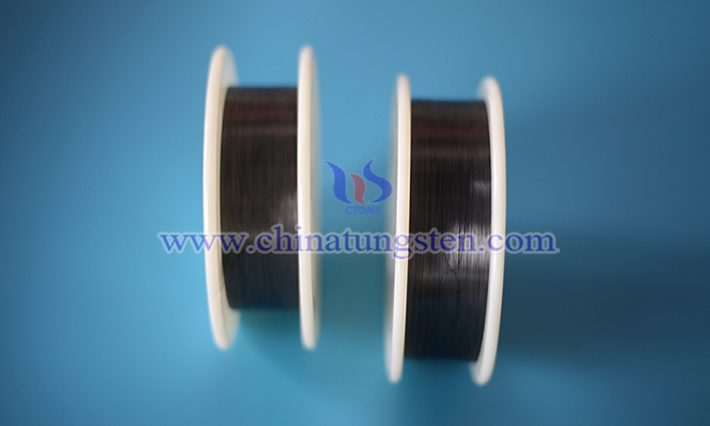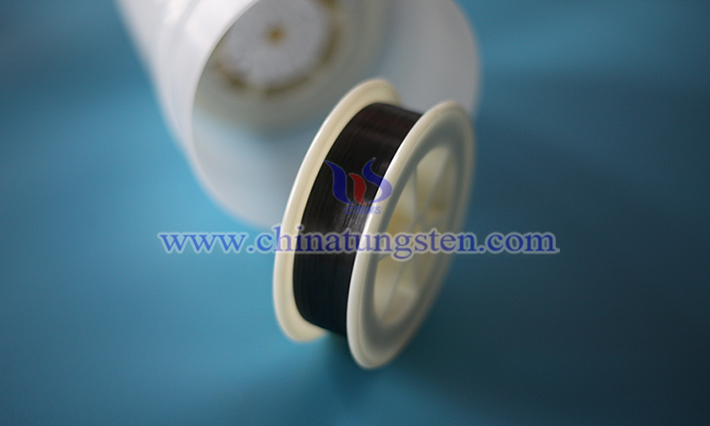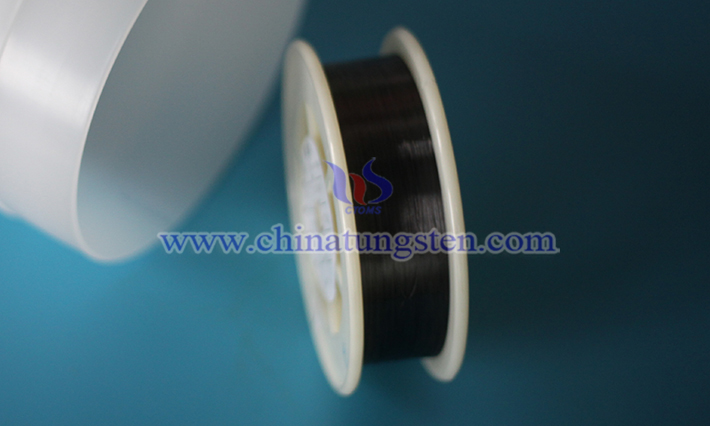The Principle of Tungsten Wire Resistance to Cutting
- Details
- Category: Tungsten Information
- Published on Tuesday, 04 March 2025 19:44
- Written by Zhenghua
- Hits: 249

The principle of tungsten wire's resistance to cutting mainly hinges on its unique physical and chemical properties. Below is a detailed explanation of the principle:
Read more: The Principle of Tungsten Wire Resistance to Cutting
Manufacturing Process of Cut-resistant Tungsten Wire
- Details
- Category: Tungsten Information
- Published on Tuesday, 04 March 2025 19:41
- Written by Zhenghua
- Hits: 300

Below is a detailed introduction to the manufacturing process of cut-resistant tungsten wire, covering the entire procedure from raw material selection to final product inspection.
Read more: Manufacturing Process of Cut-resistant Tungsten Wire
Chemical Properties of Cut-resistant Tungsten Wire
- Details
- Category: Tungsten Information
- Published on Monday, 03 March 2025 19:44
- Written by Zhenghua
- Hits: 302

The chemical properties of cut-resistant tungsten wire are primarily based on the chemical characteristics of tungsten metal. Tungsten, a chemical element with the symbol W and atomic number 74, is renowned for its extremely high melting point and chemical stability. Below are the key chemical properties of cut-resistant tungsten wire:
Read more: Chemical Properties of Cut-resistant Tungsten Wire
Production Process of Cut-resistant Tungsten Wire
- Details
- Category: Tungsten Information
- Published on Tuesday, 04 March 2025 19:37
- Written by Zhenghua
- Hits: 260

The production of cut-resistant tungsten wire primarily involves several key steps, which effectively enhance the wire's cut-resistance while maintaining its high melting point and hardness. Here is a detailed overview of the production process:
Read more: Production Process of Cut-resistant Tungsten Wire
Physical Properties of Cut-resistant Tungsten Wire
- Details
- Category: Tungsten Information
- Published on Monday, 03 March 2025 19:41
- Written by Zhenghua
- Hits: 281

Cut-resistant tungsten wire is a high-performance tungsten wire renowned for its exceptional cut resistance. Below are its key physical property characteristics:
Read more: Physical Properties of Cut-resistant Tungsten Wire





 sales@chinatungsten.com
sales@chinatungsten.com